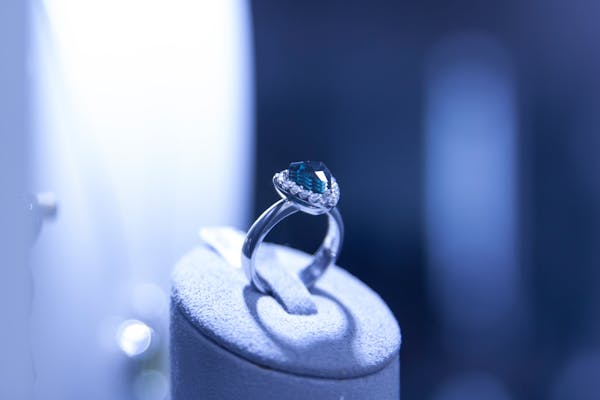
In today’s ever-evolving market, savvy investors are constantly seeking new opportunities. One such avenue gaining traction is investing in lab grown diamonds. These man-made marvels offer a unique blend of allure, sustainability, and potential for financial growth. In this article, we’ll delve into the intricacies of lab grown diamonds investment, from understanding their creation to evaluating their investment potential and navigating the market.
1. Introduction
Lab grown diamonds have surged in popularity in recent years, disrupting the traditional diamond industry. But what exactly are these gems, and why are they capturing the attention of investors worldwide? Let’s find out.
2. Understanding Lab Grown Diamonds
2.1 What Are Lab Grown Diamonds?
Lab grown diamonds, also known as synthetic or cultured diamonds, are gems produced in controlled laboratory environments rather than mined from the earth.
2.2 How Are They Made?
These diamonds are created using advanced technological processes that simulate the natural conditions under which diamonds form, typically involving either High Pressure-High Temperature (HPHT) or Chemical Vapor Deposition (CVD) methods.
2.3 Quality and Properties
Contrary to misconceptions, lab grown diamonds possess the same physical, chemical, and optical properties as natural diamonds. They are graded based on the same criteria of cut, color, clarity, and carat weight (the 4Cs) to determine their quality.
3. The Rise of Lab Grown Diamonds
The increasing demand for sustainable and ethically sourced products has fueled the growth of lab grown diamonds.
3.1 Environmental Impact
Compared to traditional diamond mining, which often involves environmental degradation and social controversies, lab grown diamonds have a significantly lower carbon footprint and minimal environmental impact.
3.2 Ethical Considerations
Lab grown diamonds are conflict-free, eliminating concerns related to unethical labor practices or the financing of conflicts.
4. Investment Potential
As the market for lab grown diamonds continues to expand, investors are taking note of their potential for financial gain.
4.1 Market Trends
The demand for lab grown diamonds is on the rise, driven by factors such as their affordability, ethical appeal, and customizable options.
4.2 Pricing Factors
While lab grown diamonds typically cost 20-40% less than their natural counterparts, their value is influenced by various factors including size, color, clarity, and certification.
4.3 Future Outlook
Experts predict a promising future for lab grown diamonds, with continued growth expected in both consumer demand and investment opportunities.
5. Comparing Lab Grown and Mined Diamonds
Investors often weigh the pros and cons of lab grown diamonds against natural ones before making investment decisions.
5.1 Cost Comparison
Lab grown diamonds offer a more affordable alternative to natural diamonds, making them accessible to a wider range of consumers and investors.
5.2 Aesthetics and Durability
While lab grown diamonds are virtually indistinguishable from natural diamonds to the naked eye, some purists argue that natural diamonds hold sentimental and cultural significance.
6. How to Invest in Lab Grown Diamonds
For those interested in adding lab grown diamonds to their investment portfolio, here are some key steps to consider.
6.1 Research and Education
Before diving into the market, take the time to educate yourself about lab grown diamonds, including their production processes, market dynamics, and potential risks.
6.2 Finding Reputable Sellers
Choose reputable sellers who adhere to industry standards and provide transparent information about their products.
6.3 Understanding Certifications
Ensure that your investment is accompanied by reputable certifications from recognized gemological laboratories, verifying the authenticity and quality of the diamonds.
7. Risks and Challenges
Like any investment, lab grown diamonds come with their own set of risks and challenges.
7.1 Market Volatility
The market for lab grown diamonds is still relatively young and may be subject to volatility as it continues to evolve.
7.2 Long-Term Value
While lab grown diamonds offer potential for short-term gains, their long-term value compared to natural diamonds is still uncertain.
8. Conclusion
In conclusion, investing in lab grown diamonds presents a modern and sustainable approach to building wealth. With their ethical appeal, environmental benefits, and potential for financial growth, these gems offer a promising opportunity for investors seeking to make a positive impact while securing their financial future.







